There can be your advertisement
300x150
How to Care for Different Types of Wallpaper: Useful Tips
Good wallpaper can create a comfortable atmosphere in the home and enhance its appearance. However, over time they lose their original appeal, tear, fade, and as a result, not only the room's appearance deteriorates, but your mood may suffer too.
If you maintain wallpaper properly—cleaning, reattaching, vacuuming, and protecting from sunlight—you can significantly extend their lifespan. Today, we’ll share how to care for different types of wallpaper.
Paper Wallpapers
Paper wallpapers are the most popular among other types. They are easy to install, relatively affordable, and safe. They create a cozy atmosphere and allow walls to breathe, preventing microbial and mold growth.
It’s very easy to care for paper wallpapers. Especially since manufacturers now produce models resistant to bright sunlight. Of course, they shouldn’t be wiped with a damp cloth, but settled dust can be removed with a vacuum cleaner and soft brush.
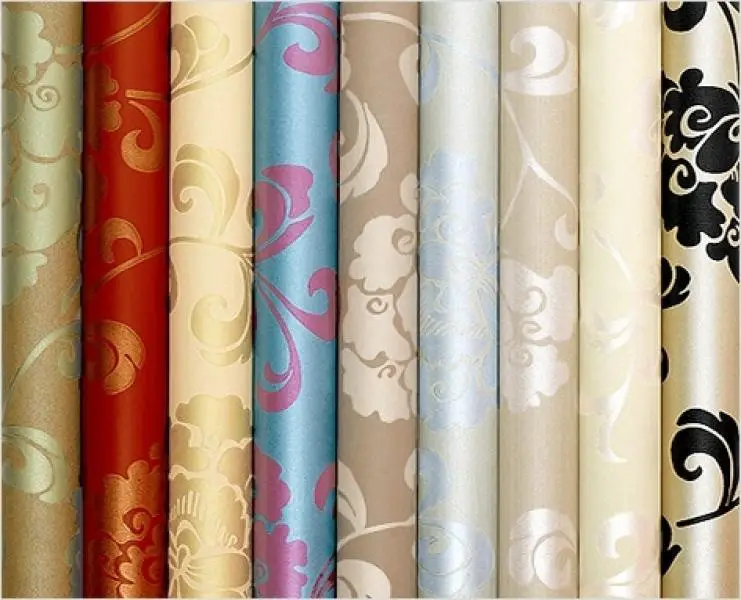
Get a soft feather duster and brush them once a week. If the wallpaper tears, you can reattach it with PVA glue. Make sure you have the torn pieces available.
If a small scratch appears, apply glue (slightly fold the edges), carefully join the parts, and dab off excess glue with a damp cloth. Dry with a hairdryer and press the area with a cloth for 10 seconds. After this process, the scratch should no longer be visible.
If you need to replace a section, retrieve leftover pieces from the renovation (usually kept for this purpose) and use them to patch the damage.
It’s best to repair damaged areas immediately as they occur. This is especially important for pet owners, as pets often damage wallpaper.
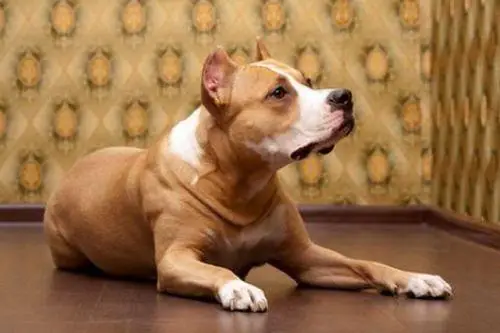
Felted (Non-Woven) Wallpapers
Felted wallpapers consist of cellulose and synthetic textile fibers. They are ideal for uneven walls due to their thickness. They are often installed as a base for painting and can be painted 5–6 times. These wallpapers are breathable and moisture-resistant. You can clean them with a dry sponge or vacuum.
If you used water-resistant paint during application, you can clean them with a slightly damp cloth.
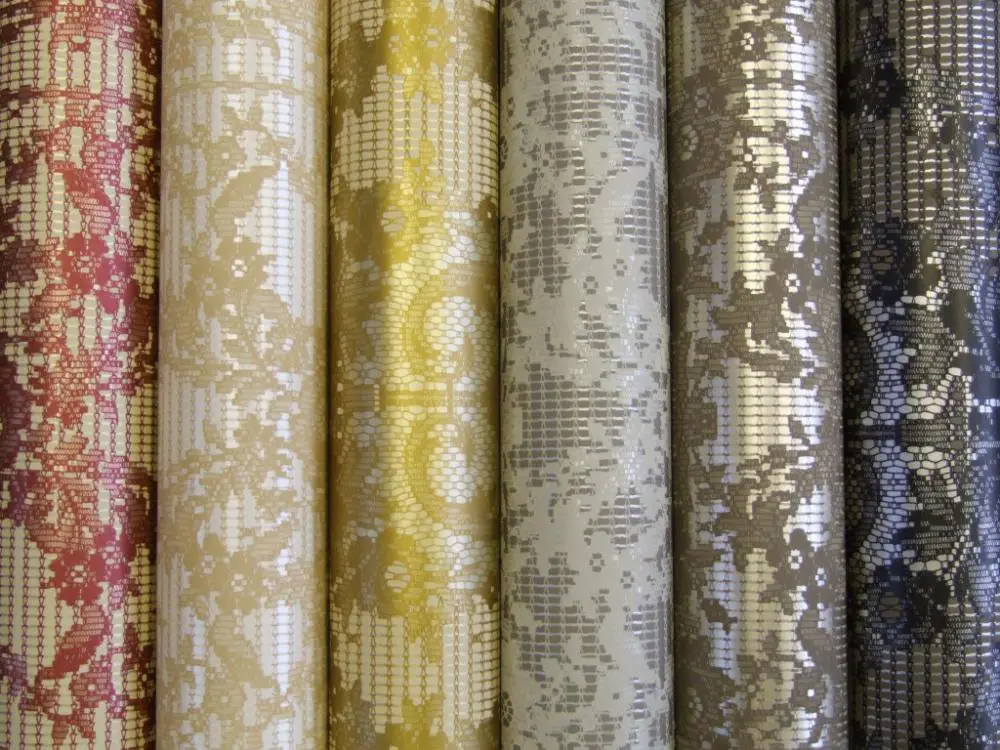
Acrylic Wallpapers
Acrylic wallpapers are considered the ideal middle ground between paper and felted types. They are recommended for homes with young children and pets. They are relatively inexpensive and allow walls to breathe. They are easy to maintain—just wipe with a soft cloth.
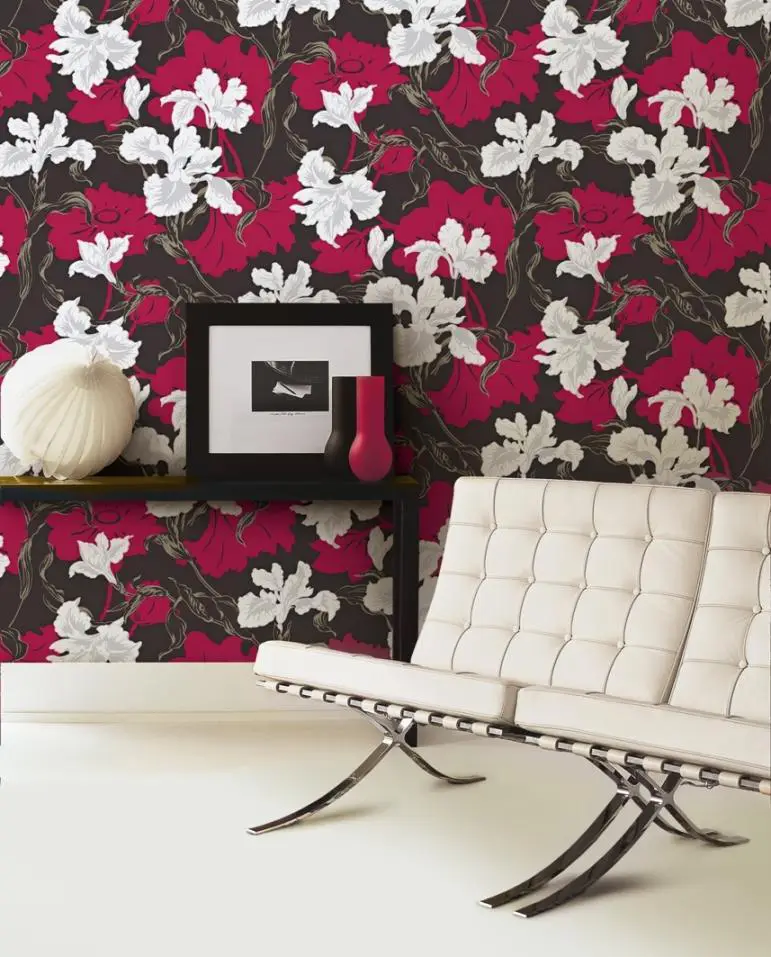
Vinyl Wallpapers
This type of wallpaper stands out for its unique design. A layer of paper is coated with a harmless (PVC-based) solution. They are easy to clean. They can be plain or textured. Clean them with a soft cloth or sponge. If you’ve installed compact vinyl wallpaper, you can use a cleaning solution.
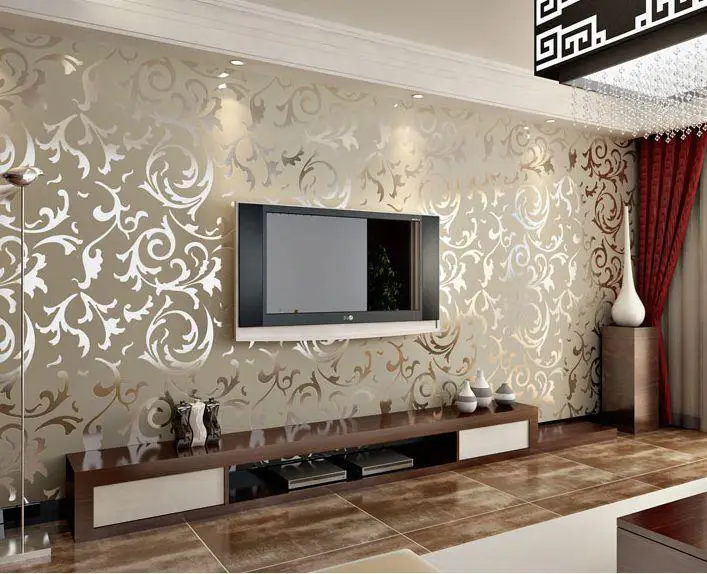
Silk-Printed Wallpapers
Silk-printed wallpapers are a type of vinyl wallpaper, but their top layer contains silk threads. They are very elegant and suitable for any room—even bathrooms.
They are resistant to moisture and mechanical damage. Even sharp pet claws and teeth won’t harm them. They don’t fade under direct sunlight. They clean easily and don’t attract dust. Simply wipe with a damp cloth to restore their original look.
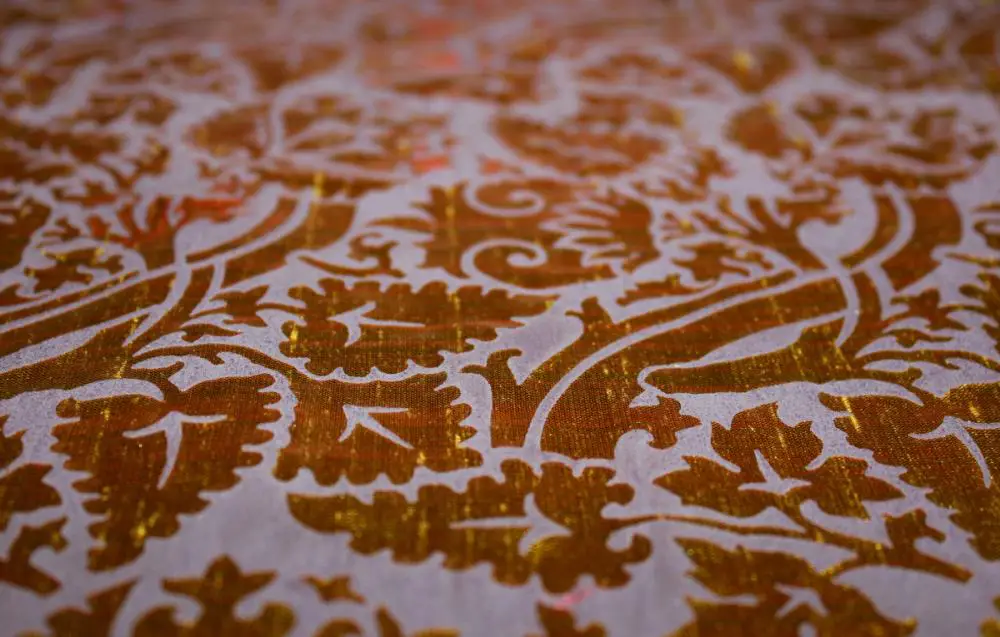
Flocked (Velvet-Style) Wallpapers
These wallpapers have a beautiful, soft surface. During production, a pattern is printed on paper, then covered with velvet threads. Flocked wallpapers collect dust and absorb odors.
Avoid wet cleaning due to the paper base. However, they can be easily vacuumed using a flat brush attachment.

Liquid Wallpapers
Liquid wallpapers are a unique modern decorative wall coating. Unlike traditional wallpapers, they consist of a mixture of cotton, cellulose, silk, and mineral additives. They are diluted with water-based paint and applied with a roller. These wallpapers have no seams and are a recent innovation, still gaining popularity.
Only dry cleaning is allowed—e.g., vacuuming with a soft brush attachment. Small stains can be removed with a soft eraser. If stains are deeply embedded and won’t come off, or if there’s mechanical damage, you’ll need to replace the damaged section. First, dampen the area with warm water, wait a few minutes, then carefully remove the damaged part with a sharp tool. Finally, apply new liquid wallpaper.
Never use organic solvents for cleaning any type of wallpaper!

More articles:
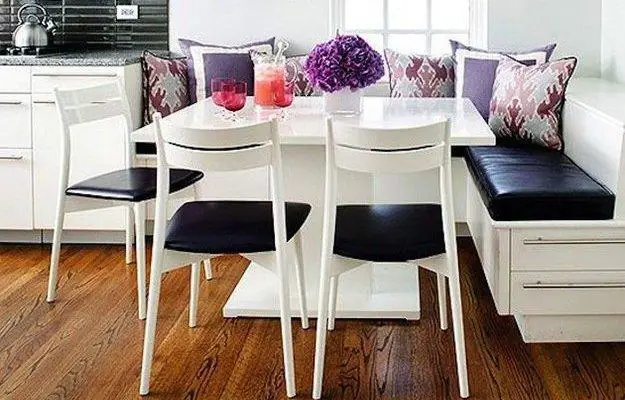 Design of a Small Dining Room: 11 Tips, 38 Examples
Design of a Small Dining Room: 11 Tips, 38 Examples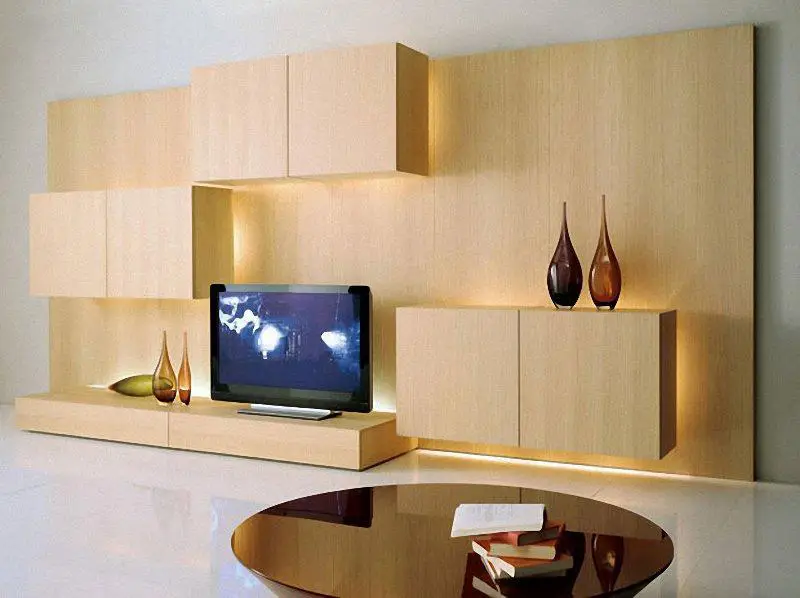 Hanging Furniture in Interior Design: 30 Inspiring Examples
Hanging Furniture in Interior Design: 30 Inspiring Examples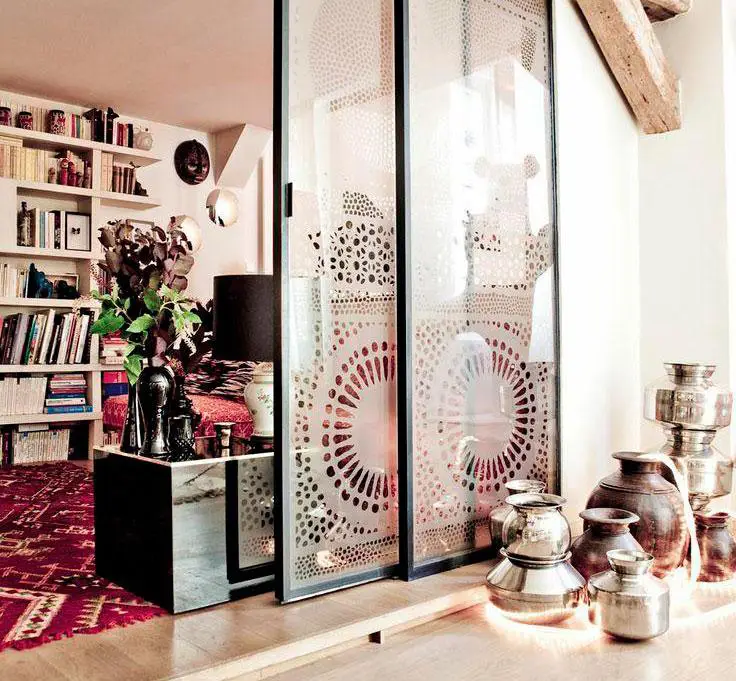 Room Divider in Interior Design: 4 Tips, 16 Examples
Room Divider in Interior Design: 4 Tips, 16 Examples 5 Bright Ideas for a Country Kitchen
5 Bright Ideas for a Country Kitchen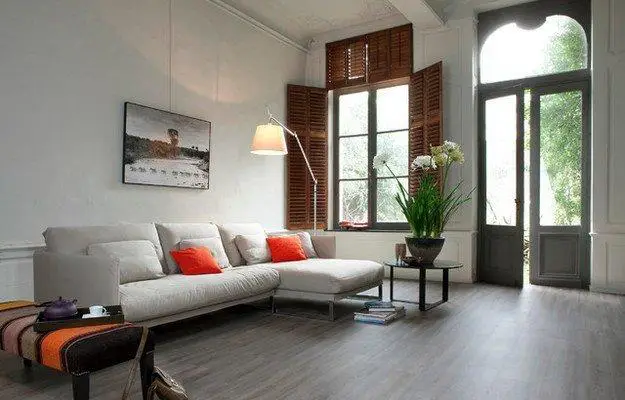 How to Visually Increase a Low Ceiling: 6 Effective Techniques
How to Visually Increase a Low Ceiling: 6 Effective Techniques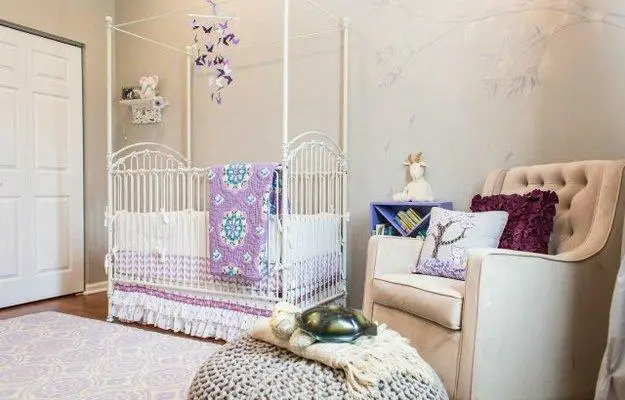 Baby Room Ideas: How to Decorate a Newborn's Room
Baby Room Ideas: How to Decorate a Newborn's Room How to Fight Dust: 14 Useful Tips
How to Fight Dust: 14 Useful Tips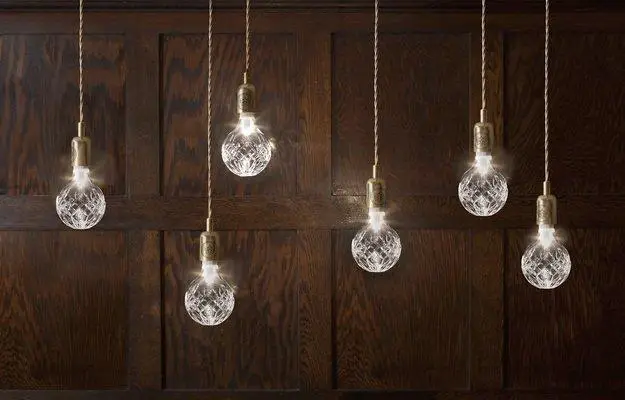 How to Save Budget on Electricity: 13 Simple Rules
How to Save Budget on Electricity: 13 Simple Rules